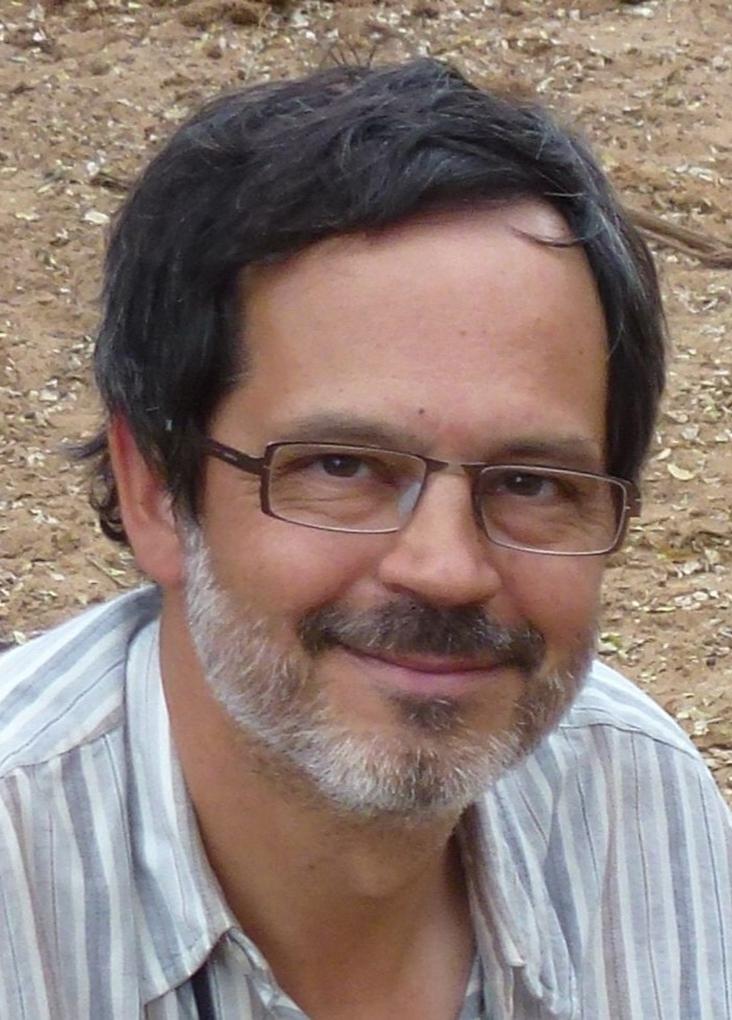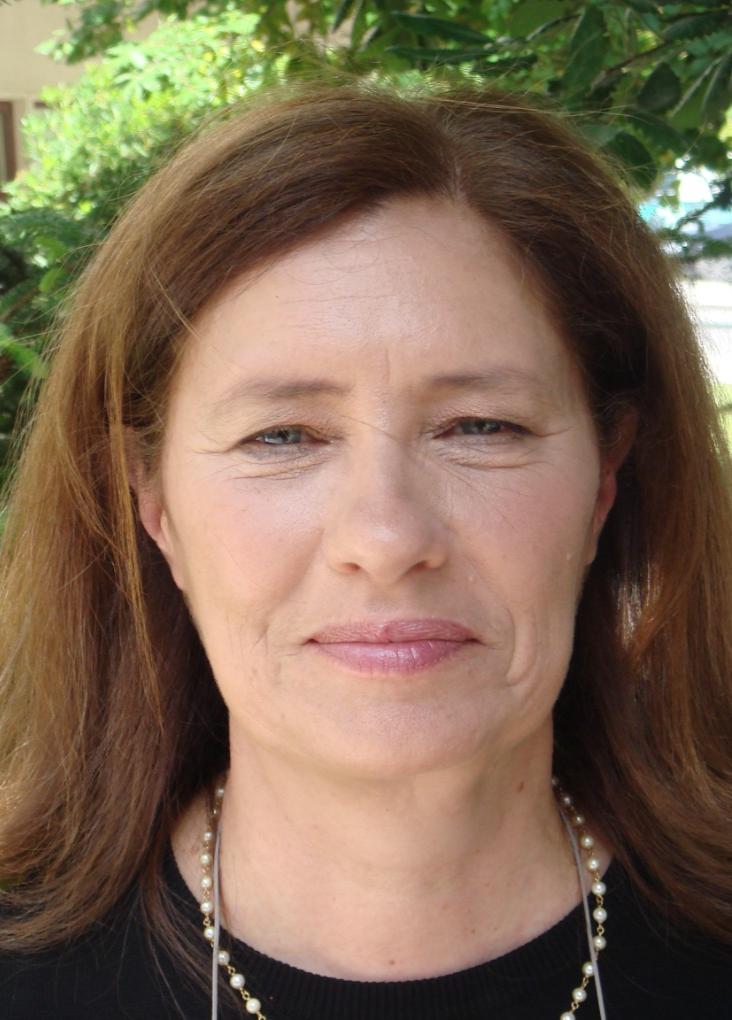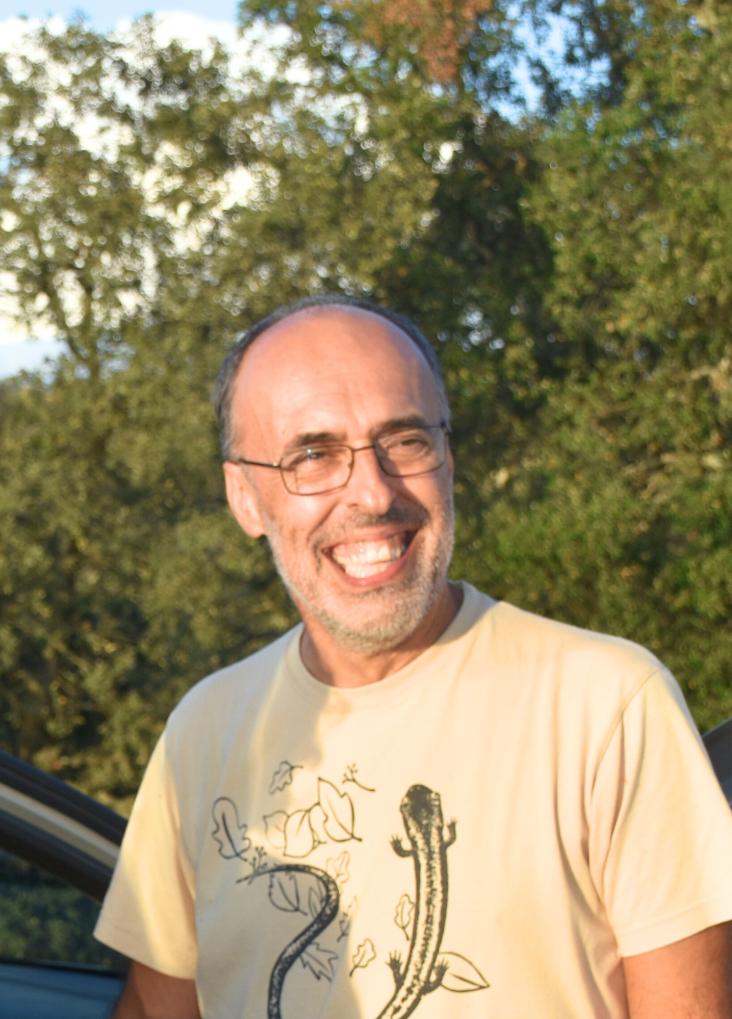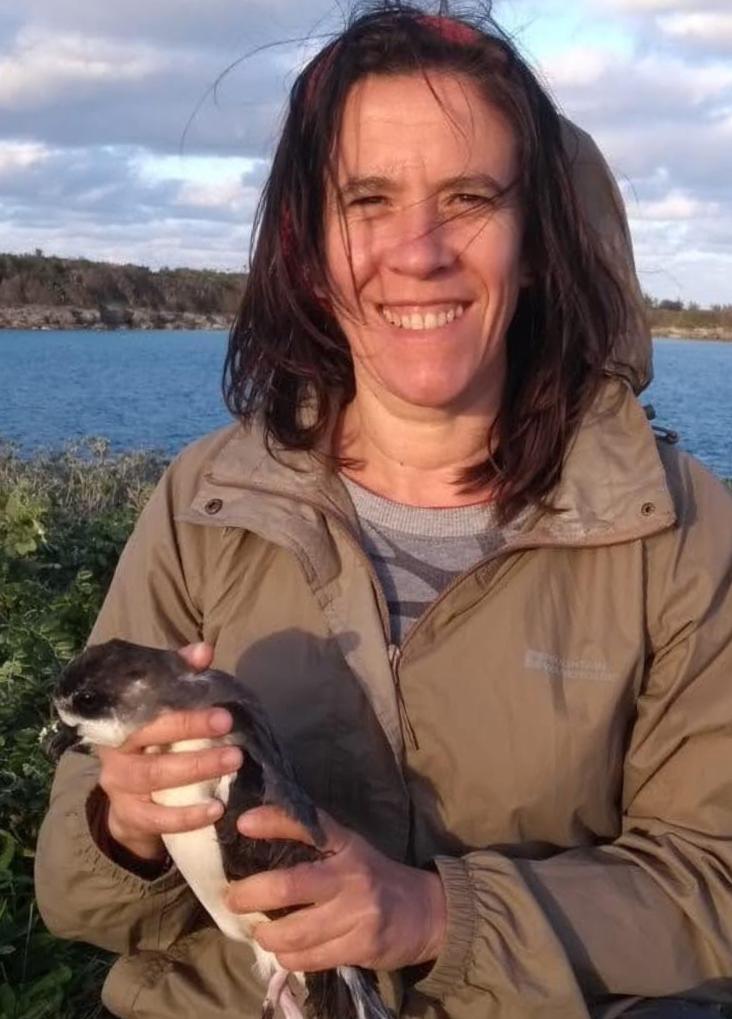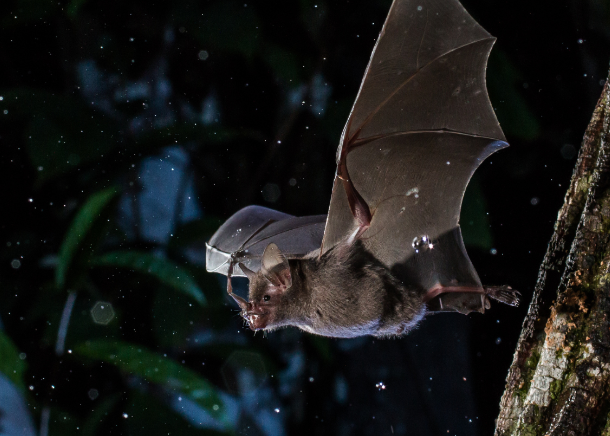
Summary:
Over the past hundreds of years, but particularly in the last 60 years, large cities and their surroundings have grown rapidly replacing areas of agricultural or natural habitats. Although several species have disappeared because of this habitat change, many others have adapted and may even be abundant in these urbanized environments.
Lisbon is home to a diversified faunal community, due to its location and variety of green infrastructures (e.g., Monsanto Forest Park, the numerous parks and gardens, and the riverside area) with, for instance, 140 bird species already identified in the city.
Biodiversity is essential for the maintenance of ecosystems and associated services, so it is important to understand its association with the different urban habitats and identify which factors potentially influence its richness and abundance. Therefore, BIO-LX aims to:
i) Inventory and map the vertebrate community in the city of Lisbon to model its distribution and seasonal dynamics in a mosaic of urban ecosystems: a) Monsanto Forest Park, b) parks and gardens, c) agricultural areas, d) riparian green spaces, e) salt marshes and mudflats, f) rows of street trees, and g) urban fabric. The taxa analyzed will include amphibians, reptiles, birds and mammals.
ii) Analyze the temporal variation of species richness and relative abundance in selected species’ groups for the different urban ecosystems and evaluate the results by linking with urban planning practices. List and identify the “flagship species” for the different urban ecosystems.
ii) Produce cartography of environmental and anthropogenic variables, which may influence the specific richness and abundance of the target species/taxa. These variables include intensity and type of artificial lighting, sound spectra, structural heterogeneity, temperature, connectivity, human presence, road network, area, among others.
ii) Conduct three workshops for teachers and the general public and produce dissemination materials (leaflets and brochures) for the public.
The data collected will be included in the Lisbon Municipality database that supports the “Plano de Monitorização da Biodiversidade da Cidade de Lisboa”.
Funding Institution:
Câmara Municipal de Lisboa.
Partners:
Other members of the team: Maria da Luz Mathias (CESAM-Ciências), Maria da Graça Ramalhinho (CESAM-Ciências), Rita Monarca (CESAM-Ciências) and Sofia Gabriel (CESAM-Ciências).




